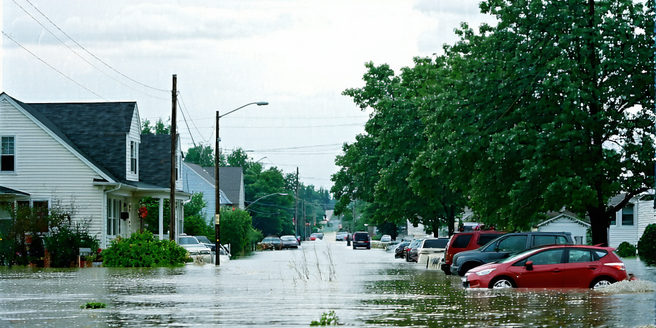
Understanding El Niño: A Brief Overview
El Niño is a climate phenomenon characterized by the warming of surface waters in the central and eastern Pacific Ocean. Occurring every few years, it significantly disrupts global weather patterns. The name El Niño, or ‘The Little Boy,’ originated from South American fishermen who observed warmer waters near the coast during Christmas. While the event is natural, its effects can be severe, leading to increased rainfall in some regions and droughts in others. Its impact extends beyond weather, affecting agriculture, water supply, health, and even the global economy. Understanding El Niño is crucial as it allows scientists and policymakers to forecast changes and plan accordingly, potentially minimizing its adverse effects on communities worldwide.
The Impact of El Niño on Global Weather Patterns
El Niño has far-reaching effects on global weather patterns. Its most significant influence is in the Pacific region, where it alters atmospheric circulation. Scientists continue to study El Niño to better predict its impacts and prepare for future events. Typically, it leads to heavier rainfall in the southern United States and Peru, while causing droughts in Indonesia and Australia. Such weather extremes can provoke natural disasters, including floods, landslides, and wildfires, reshaping landscapes and economies. Additionally, El Niño can warm the polar regions, accelerating ice melt and contributing to sea-level rise. By influencing the jet streams, it can change storm tracks, affecting weather in regions far from the Pacific. The economic costs of these changes are substantial, affecting agriculture, insurance, and infrastructure globally.
How El Niño Affects Agricultural Supply Chains
El Niño can profoundly disrupt agricultural supply chains. By altering precipitation patterns and temperatures, it impacts crop yields, which leads to fluctuations in food supply and pricing. In regions suffering from drought, such as parts of Asia and Australia, reduced crop production can cause shortages. Conversely, areas facing excessive rainfall may experience crop damage and disease outbreaks. These conditions influence the availability of key commodities like rice, wheat, and corn. Consequently, farmers and policymakers must remain vigilant and adaptable to changing weather patterns. Supply chain disruptions can result in increased import and export challenges, impacting global markets. To mitigate these effects, agricultural sectors need to employ strategic planning and adaptive farming techniques to sustain productivity during El Niño events.
Steps Supply Chain Managers Can Take to Mitigate Risks
To mitigate risks associated with El Niño, supply chain managers should prioritize building resilience. First, they need to enhance forecasting capabilities to predict how local weather changes will affect supply routes. Diversifying supplier bases geographically can reduce dependencies on any single region. Building strategic reserves of key products and raw materials can buffer against shortages. Strengthening partnerships with logistics providers ensures better response capabilities during disruptions. It’s also crucial to invest in staff training to enhance their ability to handle unexpected challenges effectively. Additionally, adopting technology in tracking and data analysis helps in aligning supply chain strategies with real-time conditions. Continuous risk assessment and the implementation of flexible contracts can further increase adaptive capacity during adverse climate events.
Future Predictions and Preparations for El Niño Events
Future predictions suggest that the frequency and intensity of El Niño events may increase due to climate change. This possibility makes it critical for communities and industries to enhance preparedness. More frequent El Niño events can exacerbate extreme weather, impacting food security and ecosystems. Investing in climate research and improving weather prediction models can provide more accurate forecasts, helping stakeholders plan more effectively. As such, allocating resources to cutting-edge technology and scientific innovation becomes a priority. Governments and organizations need to integrate climate risk into planning processes, reinforcing infrastructure and creating contingency strategies. Educating the public on preparedness measures enhances community resilience. International collaboration is also essential, as El Niño’s global impact requires coordinated efforts to manage its consequences and support affected regions efficiently.
